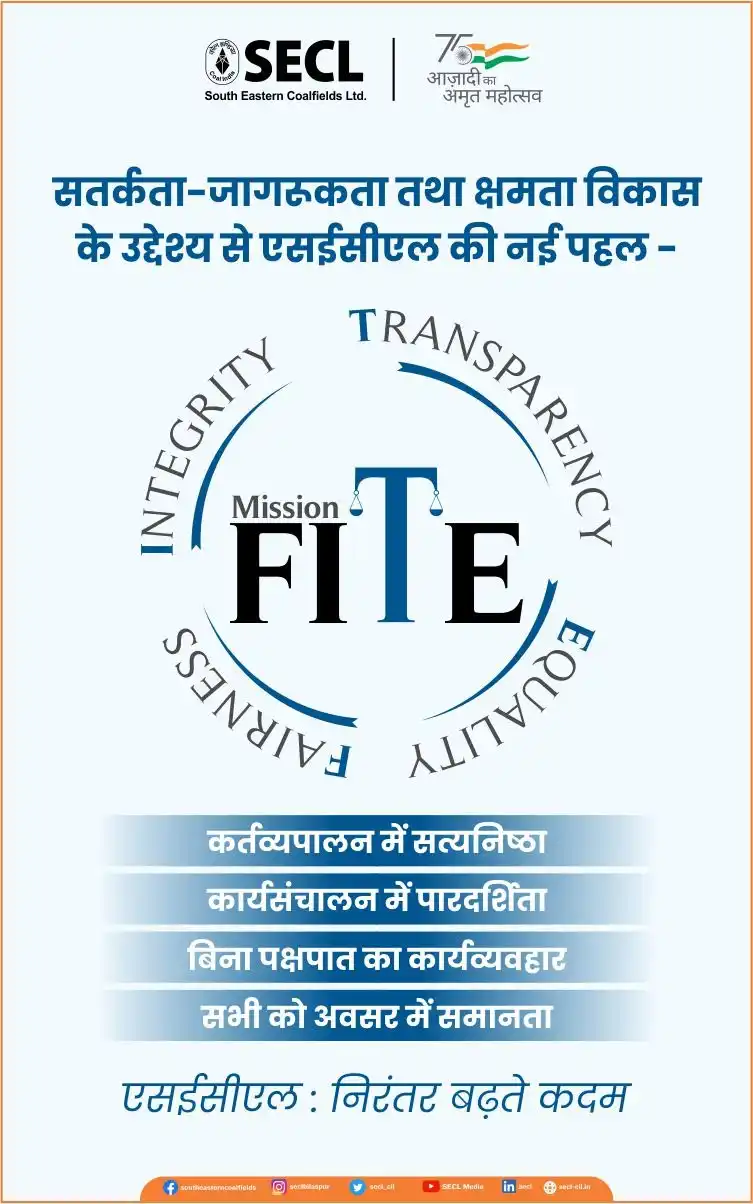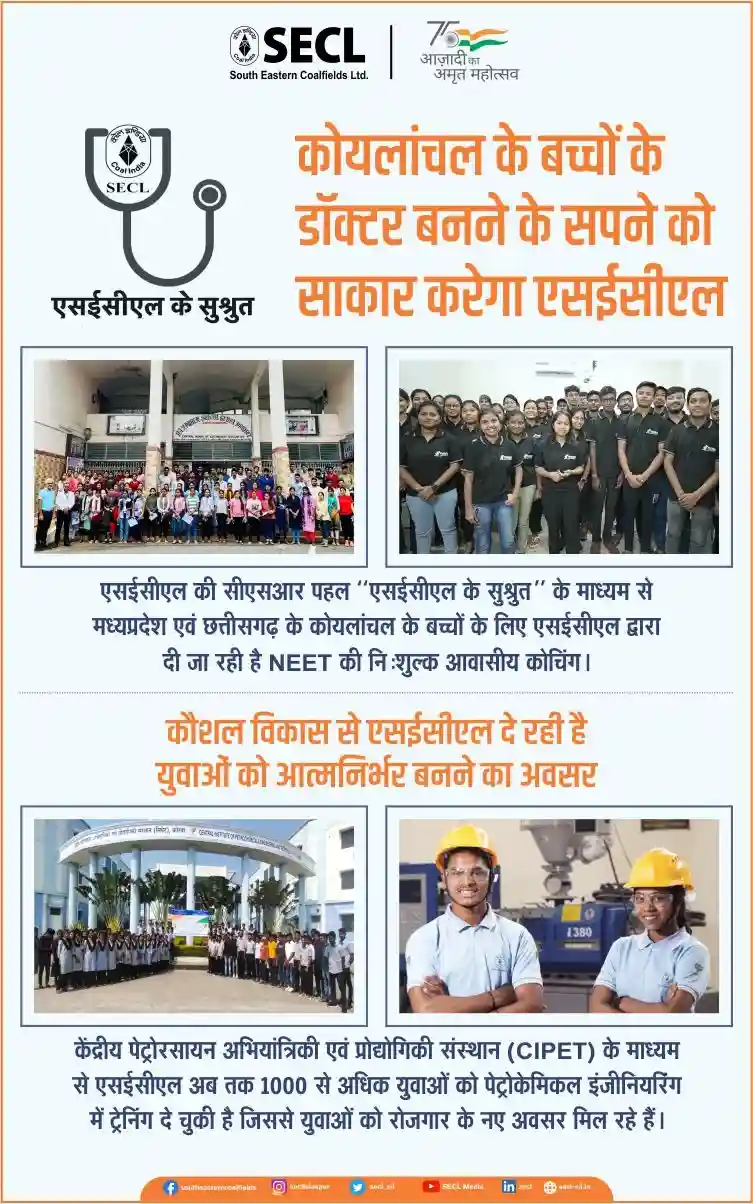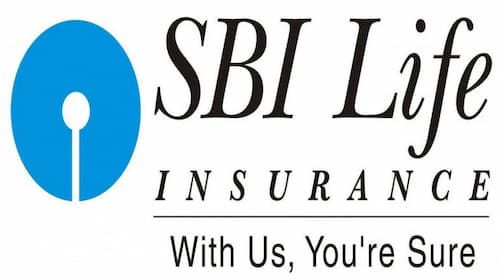The Finance Ministry last week unveiled the Account Aggregator (AA) network in banking with eight of India’s largest banks. It has been dubbed by the ministry as a financial data-sharing system that could revolutionize investment and credit, giving millions of consumers greater access and control over their financial records and expanding the potential pool of customers for lenders and fintech companies. The Account Aggregator empowers the individual with control over their personal financial data, which would otherwise reside in silos.
What is an Account Aggregator?
Account Aggregator (AA) is a type of entity regulated by RBI (with NBFC-AA license) that enables an individual to securely and digitally share information from one financial institution they have an account with to any other regulated financial institution in the AA network.
How will the new Account Aggregator network improve an average person’s financial life?
India’s financial system today involves many hassles for consumers – sharing physical signed and scanned copies of bank statements, running around to get documents notarized or stamped, or having to share personal username and password to give a financial history to a third party. The account aggregator network will replace all this with a simple mobile-based and secure digital data access and sharing process. This will create opportunities for new types of services, such as new types of loans.
The individual’s bank only needs to be connected to the Account Aggregator network. Account aggregator system in banking has been launched with the eight largest banks in India, four are already sharing data on a consent basis (Axis, ICICI, HDFC, and IndusInd Bank) and four are going to be enabled soon (State Bank of India, Kotak Mahindra Bank, IDFC First Bank and Federal Bank).
How is Account Aggregator different from Aadhaar eKYC data sharing, credit bureau data sharing, and platforms like CKYC?
Aadhaar eKYC and CKYC allow sharing of four ‘identity’ data fields only for KYC purposes (such as name, address, gender, etc.). Similarly, credit bureau data only show loan history and credit score. The Account Aggregator network allows sharing of transaction data or bank details from savings/deposit/current accounts.
What kind of data can be shared?
Today, banking transaction data is available for sharing (for example, bank details from a current or savings account) across banks that have gone live on the network.
Gradually, the AA framework will make all financial data available for sharing, including tax data, pension data, securities data (mutual funds and brokerages), and insurance data available to consumers. It will also expand beyond the financial sector to make healthcare and telecommunications data accessible to the individual through AA.
Can AAs view or ‘aggregate’ personal data? Is the data sharing secure?
Account aggregators cannot see the data; they merely take it from one financial institution to another based on an individual’s direction and consent. Contrary to the name, Account Aggregators cannot ‘aggregate’ someone’s data. AA’s are not like technology companies that collect someone’s data and build a detailed profile of someone.
The data AA’s share is encrypted by the sender and can only be decrypted by the recipient. The end to end encryption and use of technology like the ‘digital signature’ makes the process much more secure than sharing paper documents.
Can a consumer decide they don’t want to share data?
Yes. It is completely voluntary for consumers to register with AA. If the bank the subscriber is using has joined the network, a person can choose to register on an AA, choose which accounts they want to link, and share their data to one of their accounts for some specific purpose to a new lender or financial institution at the stage of giving ‘consent’ via one of the Account Aggregators. A subscriber may at any time decline the consent to share request. If a consumer has agreed to share data in a recurring manner over a period (e.g. during the loan term), it can also be revoked by the consumer at any subsequent time.
How can a customer get registered with an AA?
Customers can register with AA through its app or website. AA will provide a handle (such as a username) that can be used during the consent process.
Today, four apps are available for download (Finvu, OneMoney, CAMS Finserv, and NADL) with operational licenses to be AAs. Three more have received in-principle approval from RBI (PhonePe, Yodlee, and Perfios) and may be launching apps soon.
सोशल मीडिया पर अपडेट्स के लिए Facebook (https://www.facebook.com/industrialpunch) एवं Twitter (https://twitter.com/IndustrialPunch) पर Follow करें …














